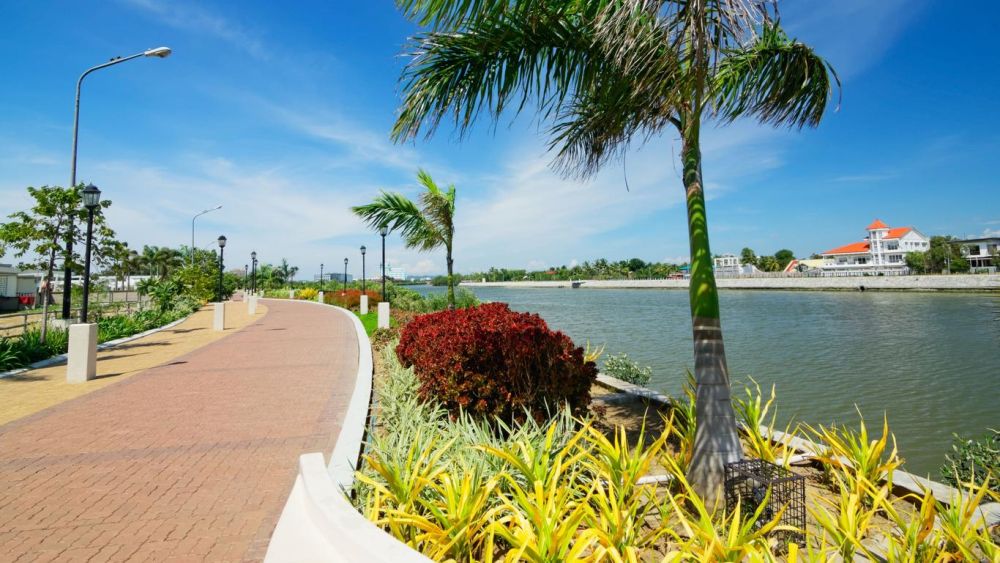

The province of Iloilo, situated in the Western Visayas region of the Philippines, has a rich historical and cultural heritage that has contributed to its current status as a burgeoning tourist destination. Iloilo's tourism history is deeply intertwined with its colonial past, local festivals, and the innate warmth of its people.
Iloilo's allure as a tourist destination began during the Spanish colonial era when it was one of the most important centers in the Philippines. The remnants of Spanish influence are seen in the old churches, grand mansions, and cobbled streets, which have been a draw for history buffs and cultural enthusiasts. Notable historical sites such as the Miag-ao Church, declared a UNESCO World Heritage Site under the collective group of the Baroque Churches of the Philippines, played an early role in attracting tourists seeking cultural and religious experiences.
A pivotal aspect of Iloilo's tourism is its colorful and vibrant festivals, with the Dinagyang Festival taking center stage. This annual event, which venerates the Santo Niño, is held on the fourth Sunday of January and features elaborate costumes, rhythmic drumbeats, and choreographed dance performances. Dinagyang started to gain popularity in the 1970s and has since become an international attraction, significantly boosting Iloilo's tourism profile. Other festivals such as the Paraw Regatta and Jaro Fiesta also contribute to Iloilo's appeal as a cultural destination.
Recognizing the potential of tourism, the local government and private sector invested in infrastructure to support the growing number of visitors. The development of the Iloilo International Airport in 2007 was a significant milestone, offering better connectivity and a more pleasant travel experience for both domestic and international tourists. Additionally, hotels, resorts, and restaurants have also burgeoned, providing a diverse array of accommodation and culinary options appealing to a broad spectrum of travelers.
In recent years, there has been a shift towards sustainable tourism practices in Iloilo. The lush landscapes, unspoiled beaches, and protected marine areas in and around Iloilo are now being responsibly promoted for ecotourism and adventure tourism. This includes the Gigantes Islands, which has gained popularity for its pristine beaches and natural beauty, and areas such as Sicogon Island that provide opportunities for watersports and hiking.
The tourism landscape in Iloilo, as elsewhere, was notably affected by the COVID-19 pandemic. However, with the easing of travel restrictions and a global emphasis on health and safety, Iloilo is adapting by promoting domestic tourism and safe travel protocols. There is also an increasing interest in local culinary experiences, agri-tourism, and community-based initiatives that benefit local populations while offering authentic encounters for visitors.
Iloilo has blossomed from a quaint colonial town into a vibrant tourist destination known for its rich historical tapestry, cultural flamboyance, and commitment to sustainable tourism principles. As the world steps into the new normal, Iloilo continues to welcome visitors with its resilient spirit, aiming to provide a safe, diverse, and unforgettable experience for all who journey to its shores.